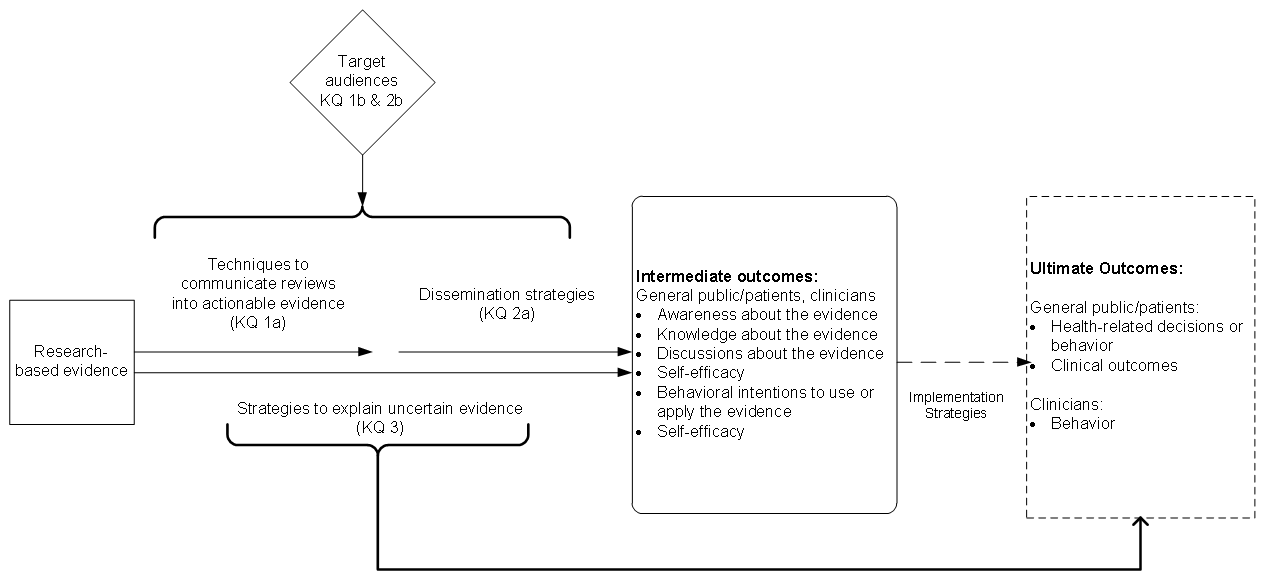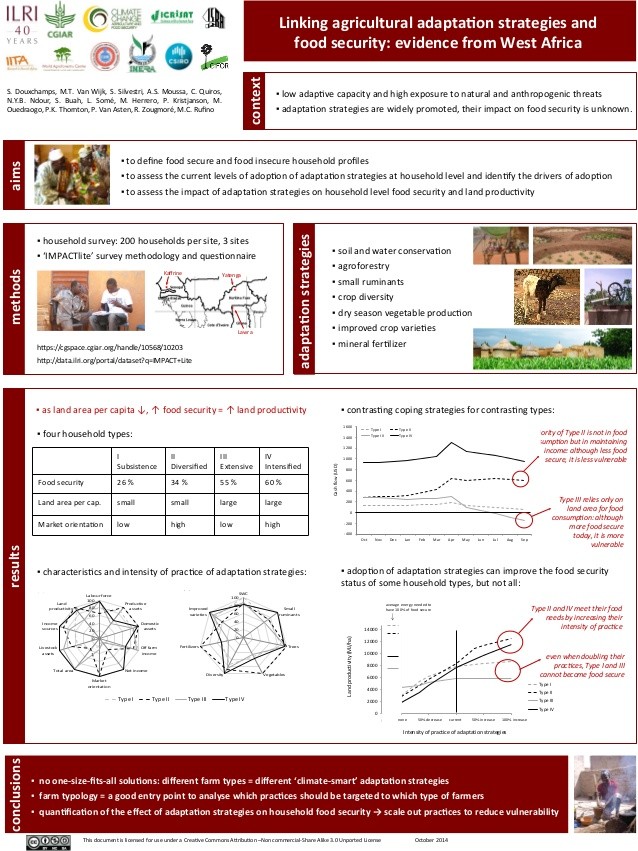Asset Selection Strategies and Evidence
Post on: 26 Апрель, 2015 No Comment

Asset Selection: Strategies and Evidence
An investor, having decided on the proportions of the portfolio that he or she would like to invest in stocks, bonds and real assets, has to decide on exactly what stocks he or she will hold in the stock portion of the portfolio, what bonds in the bond portion and what real assets in the real asset portion. This asset selection decision, like the asset allocation decision, can be an active one, where the investor attempts to buy undervalued assets in each asset class (or sell overvalued ones) or a passive one, where the investor invests across assets in an asset class, without attempting to make judgments on under or over valuation. In this chapter, we will examine not only this fundamental choice but also a whole range of active asset selection strategies and the evidence on whether they, in fact, deliver superior returns. We will also examine the case for passive asset selection.
Active Asset Selection
It is every investor’s fervent hope to beat the market and active asset selection plays to this hope. As attested to by the success of investment newsletters and investment advice books, there are hundreds of investment strategies that investors use to select what they hope will be the best-performing assets in any asset class. Active asset selection strategies can be classified fairly broadly into four classes — intrinsic valuation models that use financial information on an asset in valuation models to find out whether the asset is under or over valued, relative valuation models that attempt to find assets that are undervalued relative to comparable assets or use investment screens to accomplish the same purpose, technical analysis models that use price and volume information on assets to detect trends in prices and private information models that attempt to get more or better information on an asset than is available to other investors in the asset.
In intrinsic valuation, the value of any asset is viewed as a function of the cash flows generated by that asset, the life of the asset, the expected growth in the cash flows and the riskiness associated with the cash flows. Building on one of the first principles in finance, the value of an asset can be viewed as the present value of the expected cash flows on that asset.
A. Basics of Intrinsic Valuation
There are three inputs that are required to value any asset in this model — the expected cash flow. the timing of the cash flow and the discount rate that is appropriate given the riskiness of these cash flows.
At the most general level, the cash flow on an investment can either be a residual cash flow on that investment left over after other claim holders (such as debt used to finance the asset) have been paid off, in which case it is called a cash flow to equity. or a cumulative cash flow to all claim holders in the asset, in which case it is called a cash flow to the firm. The discount rate should be defined consistently. If the cash flows are only to the equity investors, it is the rate that equity investors would need to make given the risk in the investment, which is the cost of equity. Clearly, riskier equity investors should lead to higher costs of equity. If the cash flows are to all claimholders, the discount rate has to be an average of the rates demanded by all of the claimholders, weighted by the proportion of the value held by each; this is the cost of capital.
The model is generic enough to apply to any kind of asset. The simplest asset that we can think of from a valuation perspective is a default-free zero-coupon bond, which has only one cash flow that occurs at maturity and a discount rate that is the riskless rate corresponding to that maturity. The value of this bond can be written as the present value of a single cash flow discounted back at the riskless rate.
Value of Zero Coupon Bond =
where r is the market interest rate on the zero-coupon and t is the maturity of the zero-coupon bond. Since the cash flow on this bond is fixed, the value of this bond will vary inversely with the discount rate.
One step up the chain of complexity is a default-free coupon bond, which has fixed cash flows (coupons) that occur at regular intervals (say semi annually) and a final cash flow (face value) at maturity. This bond can be viewed as a collection of zero coupon bonds and each can be valued using the riskless rate that corresponds to when the cash flow comes due:
where rt is the interest rate that corresponds to a t-period zero coupon bond and the bond has a life of N periods. It is, of course, possible to arrive at the same value using some weighted average of the year-specific riskless rates used above. This rate is called the yield to maturity.
where r is the yield to maturity on the bond. As with the zero-coupon bond, the default-free coupon bond should have a value that varies inversely with the yield to maturity. Since the coupon bond has cash flows that occur earlier in time (the coupons) it should be less sensitive to a given change in interest rates than the zero-coupon bond.
The next step in terms of risk is default risk, which exists when entities other than the government issue securities. While the basic structure of the valuation remains the same, i.e. expected cash flows are discounted at a discount rate; the discount rate used for a bond with default risk will be higher than that used for default-free bond. Furthermore, as the default risk increases, so will the discount rate used:
where rc is the market interest rate on bonds with similar default risk. (This analysis can be done in terms of year-specific zero-coupon rates as with the government bond.) The default risk of borrowing entities is often measured by independent agencies that assign bond ratings that attempt to measure this risk. To the degree that these ratings are accurate, bonds in the same ratings class should be priced to yield the same rate of return. Since the ratings are discrete and agencies sometimes lag the markets, it is common in financial markets to see bonds with the same ratings priced to yield slightly different returns.
In a corporate bond the cash flows are promised, but the risk comes from the fact that these cash flows might not be delivered. In equity investments, the cash flows are residual cash flows and the risk arises from the volatility of these expected cash flows. In the continuum of risk, these investments should be riskier than bonds issued by the same entities because the priority of claims favors the bond holders. The value of an equity investment follows the same discounted cash flow principles, however. Thus, the value of the equity investment in an asset with a fixed life of N years, say an office building, can be written as follows:
where E(FCFEt ) is the expected cash flow to equity investors after making debt payments in period t, ke is the rate of return that the equity investor in this asset would demand given the riskiness of the cash flows and the value of equity at the end of the asset’s life is the value of the asset net of the debt outstanding on it. The value of the entire asset and not just the equity in it can also be similarly estimated using the cumulated cash flows to all claim holders on the assets (cash flow to the firm) and discounting at the weighted average of their required rates of return (cost of capital).
where E(FCFFt ) is the expected cash flow on the asset prior to payments to any of the claim holders and kc is the cost of capital. Note, however, that the value of the equity can be obtained from this by subtracting out the value of the non-equity claims (such as debt).

Equity investments in entities with infinite lives can be assessed similarly as the present value of the cash flows over the perpetuity.
Practically speaking, cash flows cannot be estimated forever, but valuation models draw on a present value relationship that proves useful in getting closure in these models. The present value of a cash flow growing at a constant rate forever can be written in terms of the expected cash flow next period, the discount rate and the expected growth rate:
where CF1 is the cash flow one period from now, r is the discount rate and g is the growth rate forever. Thus, the value of the equity investment in a firm growing at a constant rate forever (called a stable growth rate) can be assessed using this model.
where gn is the expected growth rate in cash flows to equity forever. Note that since the growth rate has to be sustainable forever, it cannot exceed the growth rate of the economy in which the firm operates, and this constraint will always ensure that the growth rate will be less than the cost of equity (which has incorporated into it a riskless rate). Similarly, the value of the asset (rather than just the equity in it) can be estimated using the same approach:
where gn is the growth rate in cash flows to the asset forever. In the more general framework, where the asset is a business which may be growing at a rate far greater than the stable growth rate currently, the model described above is used to get the terminal value at the end of the period of high growth.
The approach is general enough to apply to all firms ranging from stable firms with large earnings and cash flows to high-growth firms, which might have negative cash flows currently but are expected to have positive cash flows in the future, to troubled firms, which may be losing money currently but are expected to turn around in the future.
There are two basic cash flows that investors can choose to discount — cash flows to equity investments or cash flows to the firm. In the strictest sense, the only cash flow an equity investor gets out of a publicly traded firm is the dividend; models that use the dividends as cash flows are called dividend discount models. A broader definition of cash flows to equity would be the cash flows left over after the cash flow claims of non-equity investors in the firm have been met (interest and principal payments to debt holders and preferred dividends) and after enough of these cash flows has been reinvested enough of the cash flows back into the firm to sustain the projected growth in cash flows. This is called the free cash flow to equity (FCFE), and models that use these cash flows are called FCFE discount models.














